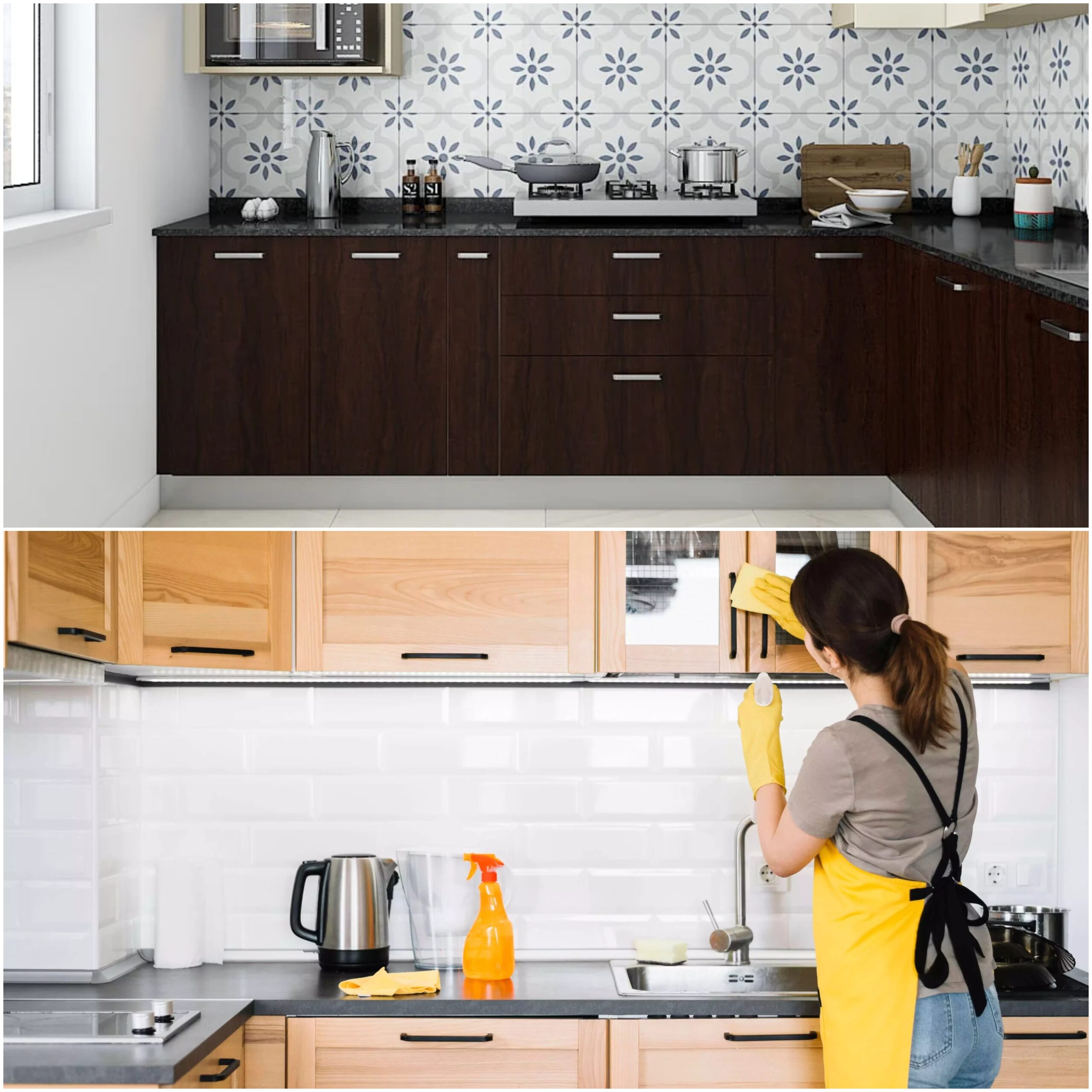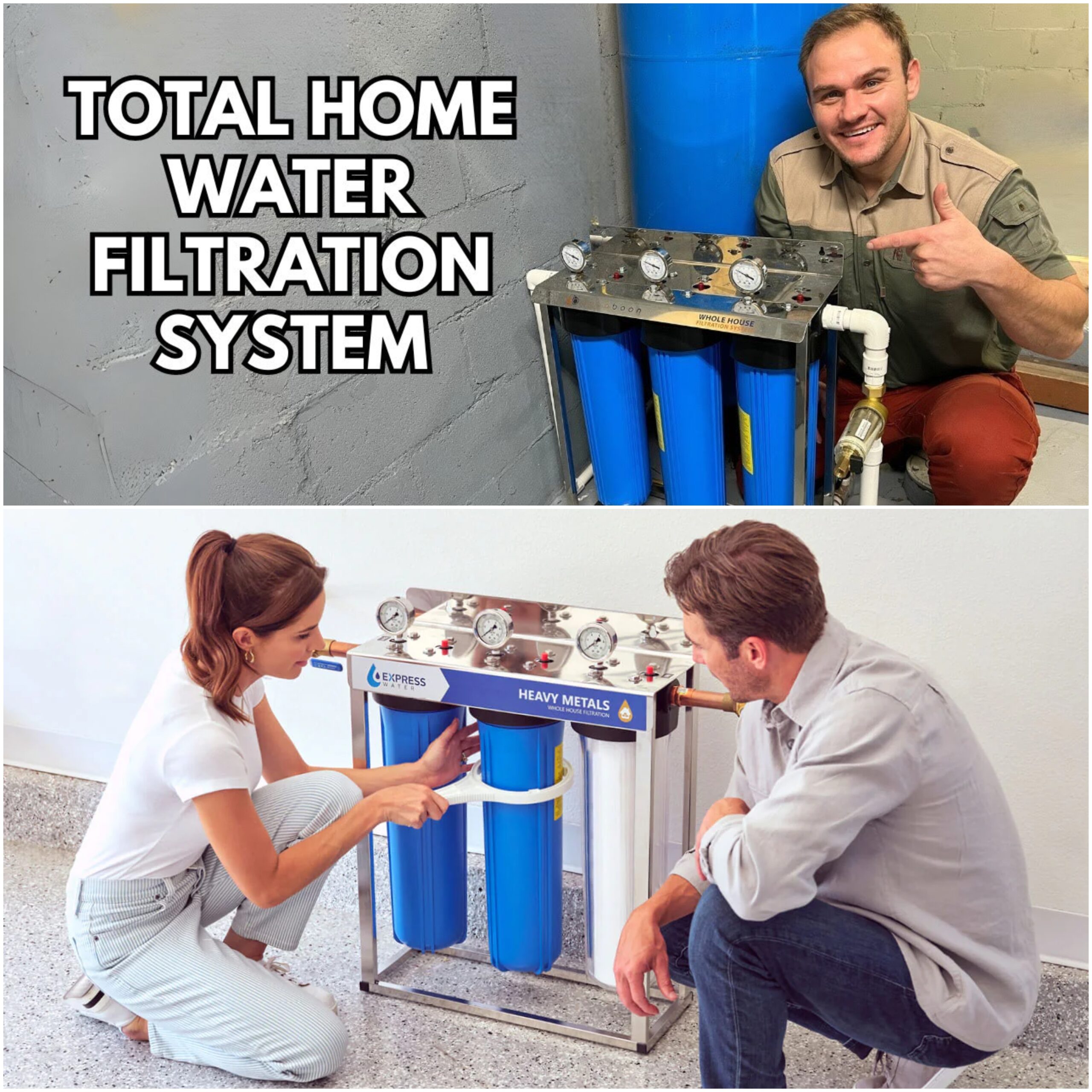Table of Contents
Keeping your roof in good condition is necessary for the long life and security of your house. Your roof shields everything below it, including your family and items of value, so roof maintenance is necessary.
It is impossible to overestimate the value of routine roof maintenance in the United States, where weather patterns can be unstable and occasionally serious.
Roof Maintenance
Importance of Roof Maintenance
- Frequent roof maintenance helps keep minor problems from developing into expensive repairs.
- Regular roof inspections will help you find and address issues like loose shingles or tiny leaks before they cause serious harm.
- By taking preventative measures, you protect not only the internal strength of your entire house but also the lifespan of your roof.
Impact of Weather Conditions in the USA
The weather in the United States varies greatly by area, with the southwest experiencing hot, dry weather and the northeast experiencing cold, snowy winters.
Over time, different types of weather can cause wear and tear on roofs.
In this case, long-term exposure to the sun can cause shingles to warp and decrease, while heavy snowfall can result in ice dams and roof leaks.

Inspect Your Roof Regularly
The most important aspect of roof maintenance is routine inspections.
Regular roof inspections allow you to identify problems early and take steps needed to prevent more serious issues later on.
1. Frequency of Inspections
It is advised to have your roof maintenance inspected at least twice a year, preferably in the spring and autumn. You can better prepare for the inclement summer and winter weather by doing these seasonal inspections.
It is also a good idea to inspect your roof following any significant storm or other extreme weather event to make sure no unexpected damage has occurred.
2. Signs of Roof Damage to Look For
Within your checks, be alert for typical indications of roof damage,
- Missing Shingles
A missing shingle is a clear indication that you require roof maintenance. Shingles that are missing should be replaced right away because they put your roof at risk of water damage.
- Leaks
Water stains on your walls or ceiling are a sign that there is a leak in your roof. Leaks should be fixed as soon as possible to stop additional water damage and mold growth.
- Sagging
A sagging roof is a dangerous condition that may be a sign of structural issues. It is critical to contact a professional right away to evaluate the damage and suggest roof maintenance repairs if you notice any drooping areas.
You can maintain the condition of your roof and increase its lifespan by having regular inspections and taking care of these damage indicators.
Read: Interior Design for Renters – Making the Most of a Temporary Space

Cleaning and Clearing Debris
Balancing the cleanliness of your roof maintenance is critical to its longevity and performance.
Over time, debris like dirt, branches, and leaves can gather and cause some problems if left unattended.
1. Importance of Keeping the Roof Clean
The buildup of organic materials that can trap moisture is avoided by having a clean roof.
Over time, this moisture can lead to structural damage, the loss of shingles, and the growth of moss and algae.
By routinely removing debris, you lower the chance of expensive repairs while adding to the quality of your roof.
2. Tools and Techniques for Safe Cleaning
You must clean your roof safely and effectively.
Here are some tools and techniques to think about for roof maintenance,
- Soft-Bristle Brush
To gently remove leaves, dirt, and other debris from your roof, use a brush with soft bristles. This keeps the shingles from getting damaged.
- Garden Hose
For clearing loose debris, a garden hose fitted with a spray nozzle can be helpful. A pressure washer’s high pressure can harm shingles more than help, so stay away from using one.
- Safety Gear
Wear proper protection at all times, such as gloves, non-slip shoes, and a safety harness if needed. Your primary concern when working on the roof should be safety.
- Gutter Cleaning Tools
While you are at it, remember to clean your gutters. To clean out leaves and other debris from your gutters and downspouts, use a gutter scoop or a small trowel. Suitable water drainage away from your roof and foundation is ensured by having clean gutters.
Repairing and Replacing Shingles
Maintaining the condition of your roof’s shingles is a must because they act as your first line of defense against the elements.
The structural strength of your roof can be preserved by being aware of the signs of damaged shingles and how to repair them.
1. How to Identify Damaged Shingles?
Shingle damage can be easily identified if you know what to look forroof maintenance,
- Cracks and Splits
Water that seeps through cracked or split shingles may harm the structure underneath.
- Curling and Buckling
Shingles that show these characteristics typically indicate weather damage or aging. They need to be handled because they are unable to provide sufficient safety.
- Granule Loss
If you find shingle granules on the ground or in your gutters, it indicates that your shingles are getting old. Granules shield your roof from weather-related damage and UV rays.
- Missing Shingles
Missing shingles indicate a severe problem. They expose your roof to additional damageand leaks.
2. DIY Repairs vs. Professional Help
- Remove the Damaged Shingle
To remove the nails holding the damaged shingle in place, carefully lift it with a flat pry bar.
- Slide in the New Shingle
Align the newly installed shingle with the surrounding shingles by sliding it into place.
- Secure the Shingle
Make sure the new shingle is flat and secure by nailing it into place.
Hiring a professional is recommended for more extensive damage or if you are not sure how to handle the repair process for roof maintenance. Roofers have the skills and equipment needed to carry out repairs securely and efficiently.
3. When to Replace vs. Repair Shingles
- Repair Shingles
It is frequently possible to fix minor damage or a few missing shingles without having to replace the entire roof. One economical way to keep the integrity of your roof intact is to repair it.
- Replace Shingles
It may be time to think about a complete replacement if a major portion of yourroof maintenance is damaged or if your roof is getting close to the end of its useful life (usually 20 to 25 years for asphalt shingles).
In the long run, replacing the roof can prove to be more economical and guarantees complete protection.
Read: Home Maintenance on a Budget – Smart Strategies for USA Homes

Gutter Maintenance
1. Role of Gutters in Roof Health
- Rainwater is collected and directed away from your roof and foundation by gutters.
- They help with preventing water from collecting on your roof, which may cause rot, leaks, and other problems.
- In addition to shielding the foundation of your house from water damage, well-maintained gutters also avoid expensive repairs and structural problems.
2. Cleaning Gutters and Downspouts
- Remove Debris
To get to your gutters and clear leaves, twigs, and other debris, use a ladder. For this task, a small trowel or gutter scoop can be useful.
- Flush with Water
Once the majority of the debris has been removed during roof maintenance, make sure the downspouts are clear by using a garden hose to flush out any leftover dirt. This makes sure that water flows freely and helps to check for any clogs.
- Check for Leaks
Check your gutters and downspouts for leaks or damage while you are cleaning them. Use a gutter sealant to plug any tiny leaks and replace any badly damaged sections.
3. Installing Gutter Guards for Easier Maintenance
- Mesh Guards
These are metal sheets covering the gutters that have microscopic holes in them that let water flow through while keeping debris out.
- Reverse Curve Guards
These allow leaves and other debris to slide off the roof while directing water into the gutter through a tiny opening.
- Bottle Brush Guards
These are bristled gutter inserts that slide inside and catch debris on top while letting water pass through.
Sealing and Waterproofing
1. Importance of Roof Sealing
- Sealants stop water from penetrating your roof, stopping leaks that could cause rot, mold, and other structural issues.
- Sealants help to extend the life of your roof by shielding it from the elements, which can save you money on expensive repairs or replacements.
- By keeping your house warmer in the summer and preventing heat loss in the winter, a well-sealed roof can increase the energy efficiency of your house.
2. Types of Sealants and Waterproofing Materials
- Acrylic Sealants
These are well-liked because they are strong and resistant to UV rays. They are simple to use and perform wonderfully on a range of roofing materials for roof maintenance, like concrete, asphalt, and metal.
- Silicone Sealants
Silicone sealants are renowned for their superior flexibility and waterproofing qualities, making them perfect for roofs subjected to sharp temperature swings.
- Polyurethane Sealants
These are suitable for all kinds of roofing types because they offer excellent bonding and display high resistance to weathering and scratches.
- Bitumen-Based Sealants
Bitumen-based sealants are very good at sealing joints and cracks and provide good waterproofing, which is why they are frequently used for flat roofs.
3. Applying Sealants and Ensuring Proper Coverage
- Clean the Roof Surface
Make sure the roof surface is clean and clear of dirt, debris, and loose materials before using any sealants. Proper attachment of the sealant is dependent upon a clean surface.
- Repair Any Damage
Before applying the sealant, take care of any damage that already exists, like holes or cracks. This guarantees an even and seamless application.
- Apply the Sealant
Evenly apply the sealant to the entire roof surface using a brush, roller, or sprayer during roof maintenance. For information on application thickness and drying times, refer to the manufacturer’s instructions.
- Ensure Proper Coverage
Since vents and chimneys are frequent places where water enters homes, pay close attention to any seams, joints, and surrounding areas. To provide additional protection, apply a second coat of sealant to these regions.
- Allow to Dry
Before exposing the sealant to rain or other weather, let it completely dry. This could take a few days or several hours, depending on the sealant type.
Read: Quick Fixes for Instant Home Improvement – Small Changes, Big Impact
Handling Moss and Algae
1. Effects of Moss and Algae on Roofs
- Your roof may suffer from multiple negative impacts from algae and moss.
- The presence of moss on a roof can trap moisture against the surface, causing shingles or other roofing materials to rot and decay.
- Also, algae frequently leave your roof with unsightly black stains and streaks, which reduces the curb appeal of your house.
- Moss roots can pierce shingles, lifting them and raising the possibility of leaks.
- Since they do not cause as much damage as moss, algae can eventually erode the shingles’ protective granules.
- Because they hasten wear and tear, moss and algae can drastically shorten the life of your roof.
2. Cleaning and Preventing Moss and Algae Growth
Start with routine roof maintenance inspections of your roof to effectively clean and prevent the growth of moss and algae, especially in damp or shaded areas where they are most likely to proliferate.
To clean,
- You can manually remove moss and algae by gently brushing away the growth with a soft-bristle brush while being cautious not to harm the shingles.
- Using a specialized roof cleaner or a solution of water and mild detergent can also be applied to the damaged areas.
- Before using a garden hose to rinse the solution off, let it sit for about 15 to 20 minutes.
- A pressure washer’s high pressure can harm your shingles, so stay away from using one.
Emergency Repairs and Temporary Solutions
Even with the best of intentions, bad weather can still result in damage that needs to be fixed right away.
Until professional help arrives for roof maintenance, damage can be stopped until further harm can be done by knowing how to handle emergency repairs and apply temporary fixes. Cover the damaged or torn-off shingles with a tarp to protect the exposed area.
To keep the tarp from blowing away, fasten it with roofing nails or heavy objects. While more extensive repairs are being made, this stopgap measure can help keep water out.
For small leakage,
- Applying roofing cement or sealant can offer a speedy solution for small leaks.
- After locating the leak’s origin, seal the impacted area with sealant. While it can help temporarily manage the situation, this solution is not long-term.
- It is critical to get in touch with a qualified roofer right away if there is substantial damage, such as structural problems or sizable shingle loss.
- They can evaluate the harm and provide a thorough repair strategy.
You can shield your house from the worst effects of hurricanes, snowstorms, and other severe weather incidents by prepping your roof for extreme weather and learning how to handle emergency repairs.
By taking these precautions, you can keep your roof maintenance strong and functional while protecting your family and house.
Bottom Line
To protect your house and extend the life of your roof, routine roof maintenance is necessary.
By being proactive, you can lower your risk of expensive repairs, improve the energy efficiency of your house, and safeguard your investment for roof maintenance many years to come.











